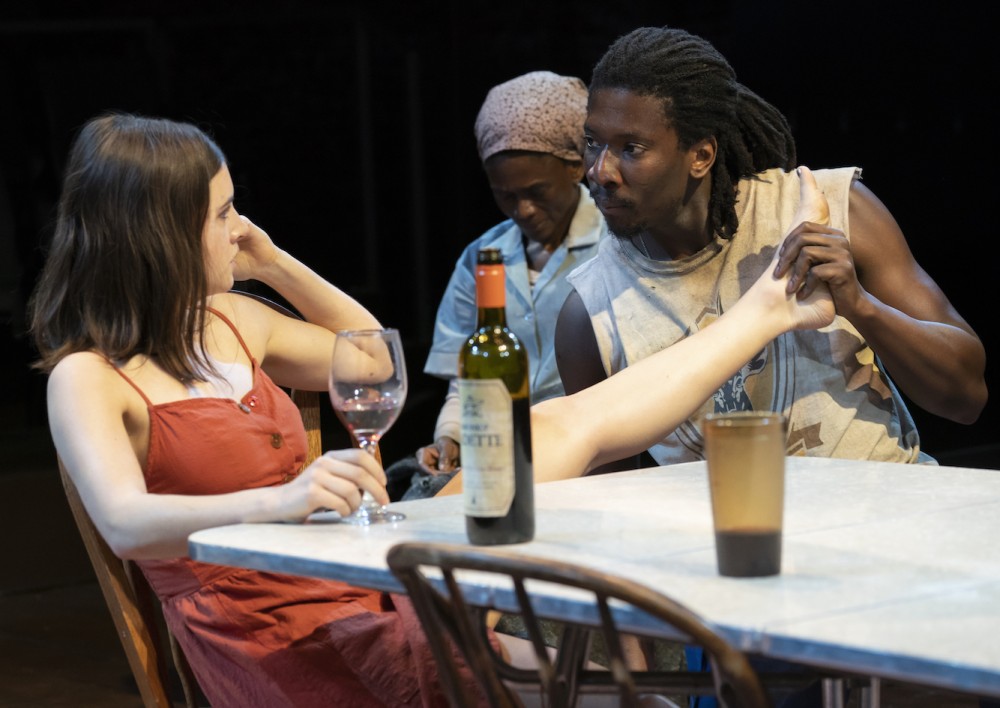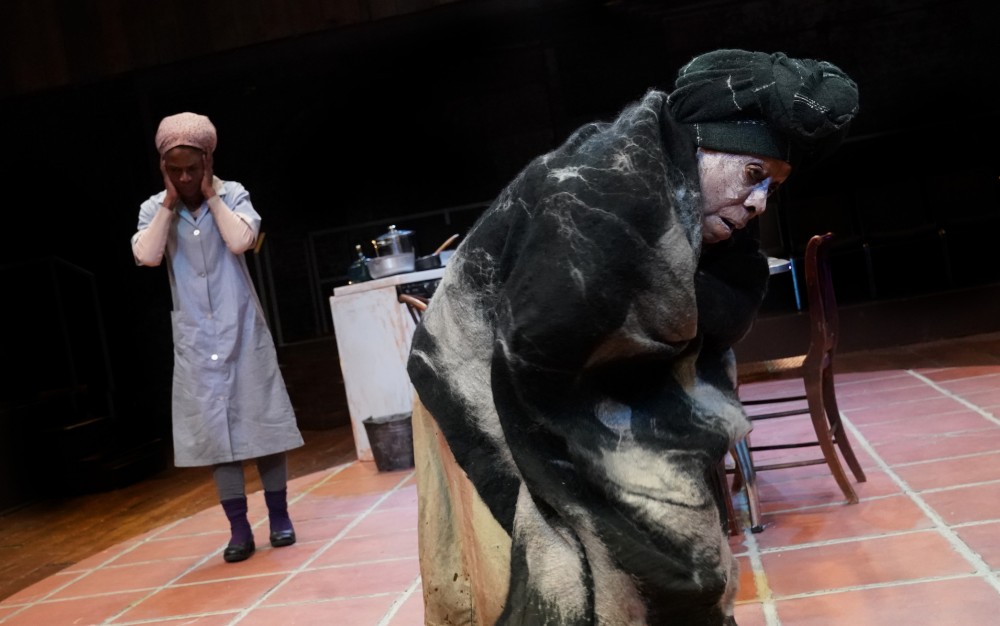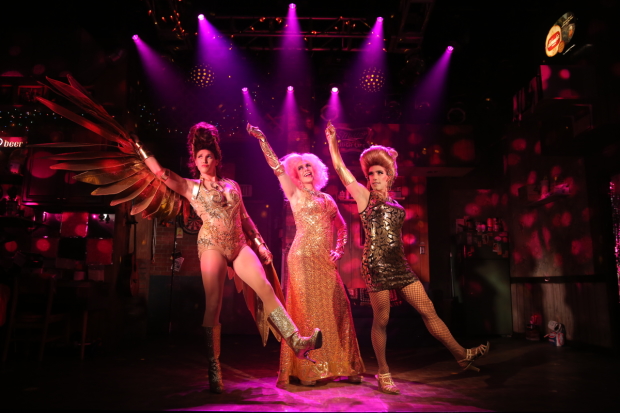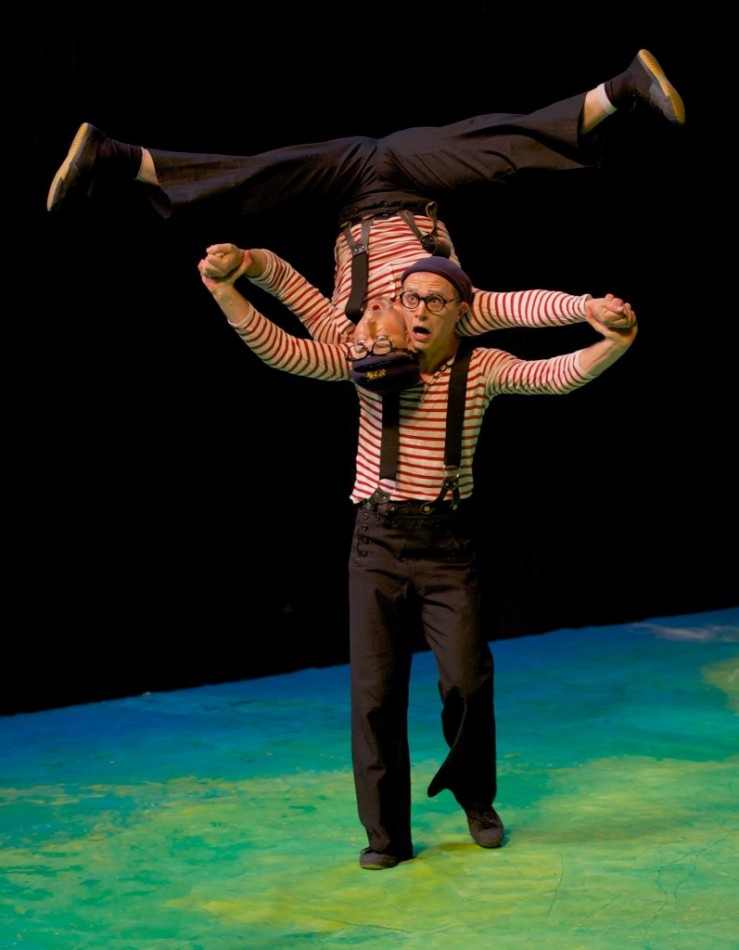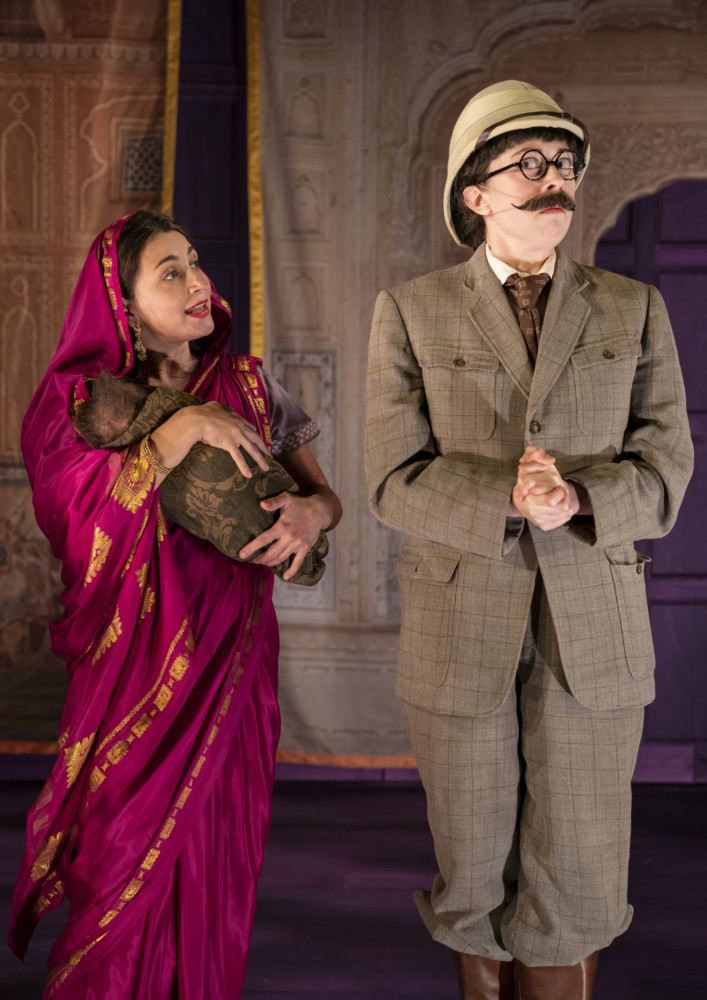By Joseph Pisano
Love is no match for the past in Mies Julie, playwright Yaël Farber’s blistering update of the notoriously overheated August Strindberg classic. In the 1888 original, pulses quicken when the daughter of a Swedish nobleman takes a scandalous, class-defying interest in her father’s valet, provoking a complicated relationship that, to say the least, does not end well. Although Farber keeps this essential outline in place, a different repressive history fuels her adaptation.
As the play’s linguistically altered title suggests, Farber has transported the action to South Africa, where Julie, the entitled daughter of an Afrikaans farmer, has set her seductive sights on John (in the Strindberg version, the valet is named Jean), one of her father’s Xhosa laborers. But, while the play’s location and interracial storyline might be predictable, its time period is not. Rather than dropping the audience in the middle of the apartheid era, it’s actually Freedom Day, 2012, almost two decades after South Africa’s first universal elections ushered in the government of Nelson Mandela.
Despite this seismic, and long-ago, political shift, however, nothing much has changed on the farm, which is tucked away in the Karoo, a remote, semi-desert region of the Eastern Cape. Economically, the land still belongs to the Afrikaners regardless of whose ancestors occupied it first, while, socially, the racial divisions are as great as ever. The only obvious difference is that the threat of violence now comes from more than one side, meaning that it could be used either to maintain the status quo or upend it.
As the black workers dance in celebration of the holiday, an inebriated Julie (Elise Kibler) joins them, indifferent to the possibility that her behavior could become the lit match that burns everything down. She eventually slinks her way into the farmhouse kitchen where John (James Udom) polishes her father’s boots and John’s mother Christine (a magnetic Patrice Johnson Chevannes) does everything else, grateful for her backbreaking labors because “it’s more than most people have.” Although, like Christine, John regards Julie as a dangerous interloper in this space, a volatile mix of desire and anger thwarts his self-protective inclination to avoid her gaze.
Reshaping Christine significantly from Strindberg’s version of the play, in which the character is actually John’s fiancée, Farber turns her into a maternal figure for Julie, too, who lost her own mother to suicide. It’s just one more burden on Christine’s stooped shoulders, which seem to carry the weight of generations of South African suffering. But, unlike John, Christine isn’t looking to escape physically or emotionally. Not only is the farm on land where her ancestors are buried and, therefore, her home in a more meaningful way than it ever could be for Julie or her father, but with a pained resignation that is absolutely devastating, she reminds her son that there often is no remedy for past wrongs, telling him that she couldn’t vote in the historic 1994 elections, because she had no fingerprints for identification. They were rubbed off “cleaning this floor! These walls! That child!”
For the most part, the buildup to the play’s final shocking moments is an incredibly intense dance of death, to borrow the title of the other Strindberg adaptation the Classic Stage Company is currently presenting in repertory with Mies Julie. As they circle each other in the kitchen, confessing long-held feelings of mutual attraction, Julie and John take turns enacting and subverting their roles as mistress and servant, picking away at these facades until the raw emotions simmering beneath the surface are finally exposed. And, at that point, there’s really only one thing that can happen.
But, as with the Strindberg original, Farber’s play is more about ideas than what takes place on that much-stronger-than-it-looks kitchen table in the middle of David L. Arsenault’s appropriately grotty set. In fact, it’s only after the deed is done that the real sparks begin to fly in the red-tiled kitchen, as the needs of the flesh quickly give way to a litany of truths, lies, and recriminations. Director Shariffa Ali is adept at handling this aspect of Farber’s script, taking full advantage of the scorched-earth naturalism of Julie and John’s interactions to keep them, and us, in a constant state of tension.
Ali struggles, though, with Farber’s spiritualism, namely the few-and-far-between appearances of Ukhokho (Vinie Burrows), Christine and John’s otherworldly ancestor whose periodic walks across the stage feel a little too on the nose. Lighting designer Stacey Derosier, sound designer Quentin Chiappetta, and costume designers Ntokozo Fuzunina Kunene and Andrew Moerdyk do what they can to add complexity to Ukhokho’s ghostly interludes, but their efforts can’t ameliorate the problem. Fortunately, the crew’s collective talents are put to much better use heightening Julie and John’s passionate exchanges.
Although Kibler’s South African accent wavers now and then, she eventually settles into it, giving a seamless performance that blends extreme vulnerability with unmitigated hubris. Udom also navigates a wide emotional gamut, but, in his case, we are meant to sense the strain as John struggles to tamp down feelings that could jeopardize his life. This visceral restraint is what makes it so affecting when his character finally decides to let it all go.
Photos; Joan Marcus
Mies Julie. Through March 10 at the Classic Stage Company (136 East 13th Street, in Manhattan). One hour and fifteen minutes with no intermission. www.classicstage.org


